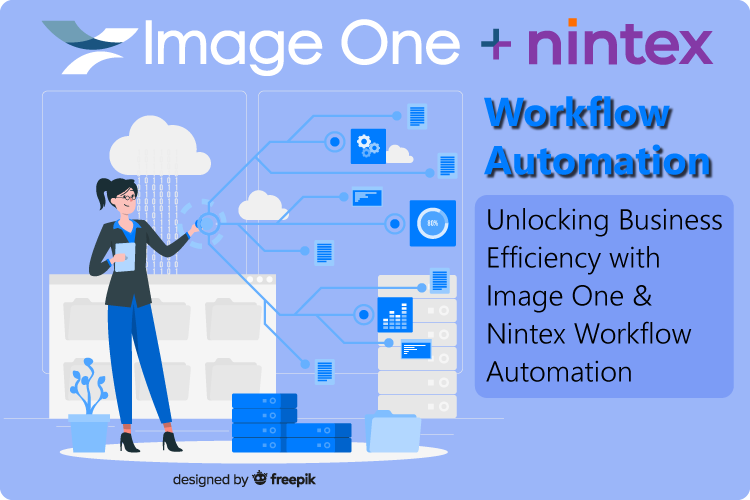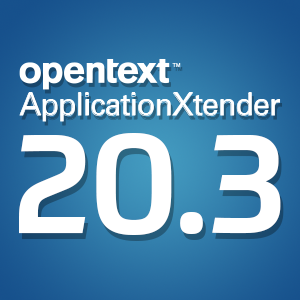RPA for AP Invoice Processing Automation
Tuesday, June 5, 2018
If you haven’t yet heard about robotic process automation, RPA is the use of “software robots” to automate repetitive and rules-based tasks that are labor intensive and prone to error when performed by people. Though early forms have been used to “scrape” the web for information and involve little intelligence, RPA is rapidly evolving – so much so that the RPA market is to reach $8.75 billion according to Grandview Research, and Gartner claims that over 2,000 companies are already using RPA.
What about using RPA for accounts payable invoice processing automation instead of older, more expensive and more complex advanced capture software? Could RPA also integrate more effectively and with less professional services with different input sources (email, PDF) and populate ERP and accounting software?
What Is RPA?
Simply put, RPA is the fastest and most efficient way for you to acquire, enhance and deliver information from virtually any application or data source—including websites, portals, desktop applications and enterprise systems—without any coding.
RPA represents a digital workforce that works side-by-side with your employees to drive greater efficiency and eliminate almost any manual data-driven activity. Now information that was previously unattainable, unusable or time-consuming to collect and process is readily available to increase productivity, improve decision making and deliver a better customer experience.
Of the three types of RPA robots—web, process and content—it’s process robots that are the most useful for AP automation.
Process Robots
You can now automate repetitive, data-driven activities across websites, portals, and internal applications with process robots.
Process robots automate manual, repetitive, information-driven processes—like invoice processing—where data and electronic documents need to be accessed and acted on as part of critical business processes. By leveraging RPA, organizations can quickly and easily deploy and customize integration flows regardless of whether existing APIs are available or the data is locked in applications. This includes accounting software, enterprise resource planning (ERP) systems, Excel, databases, and legacy applications. Enterprises can also build intelligence into processes so more automated decision-making can occur, especially relating to cash flow management – even with real-time, high-volume and unstructured data.
In addition to automation AP invoice processing, procure-to-pay and 3-way matching processing, RPA can streamline the following finance and accounting processes:
- Procure-to-pay automation
- 3-way matching
- AR invoicing & einvoicing
- Financial close streamlining
- Shipping data aggregation
- Supply chain automation
- Customer service & support
- Compliance monitoring & reporting
- Financial account aggregation
See for Yourself
The best way to understand RPA and to see if it makes sense for your organization is to see it for yourself. Contact us to learn more about robotic process automation and to see a demo.




